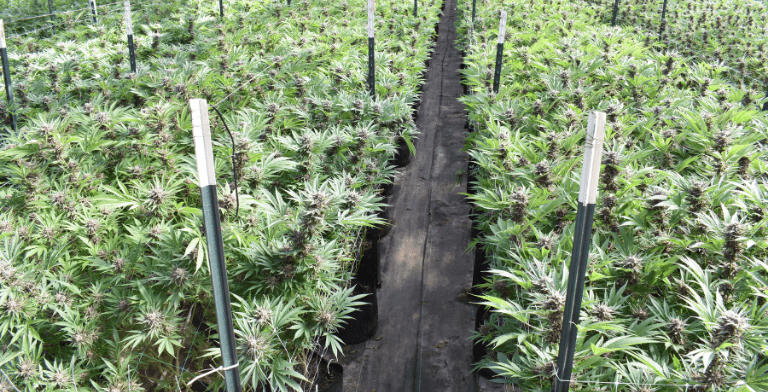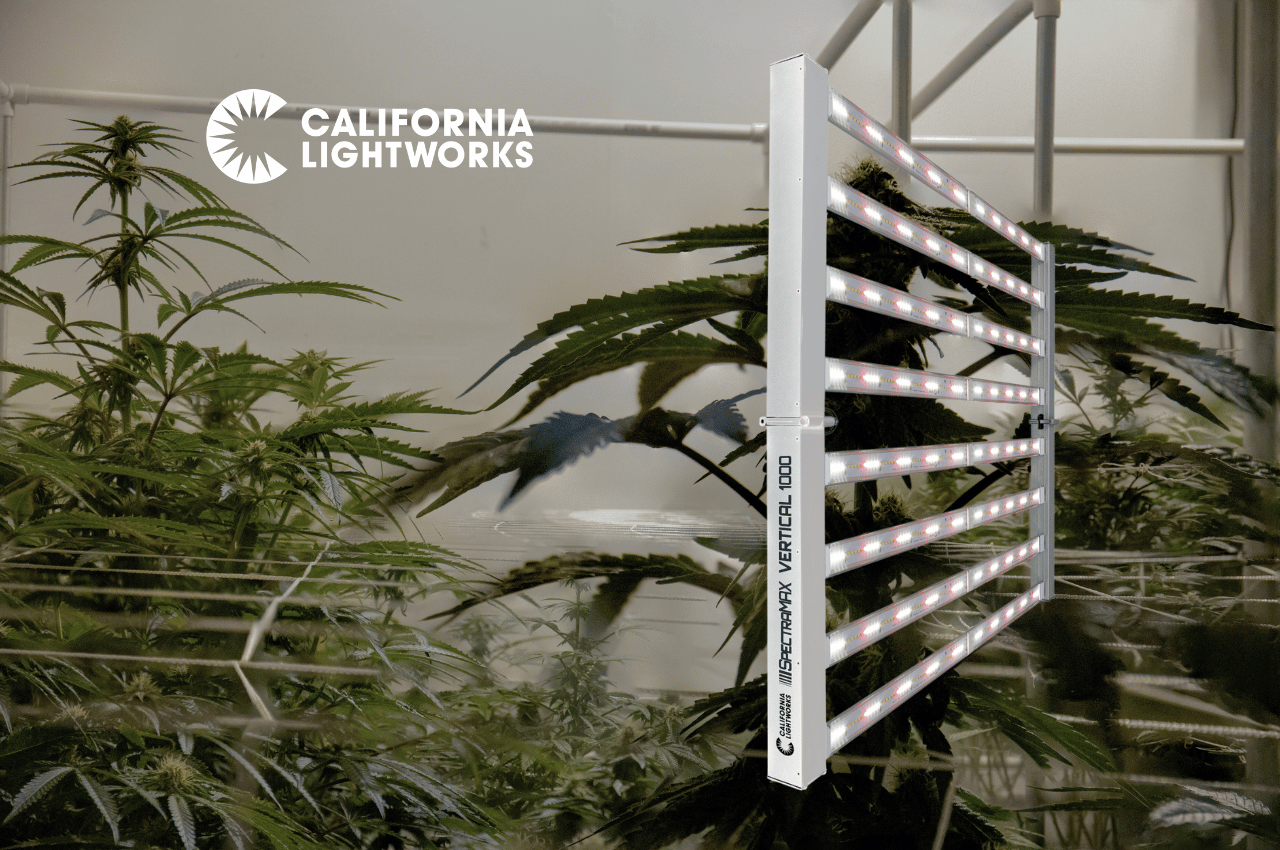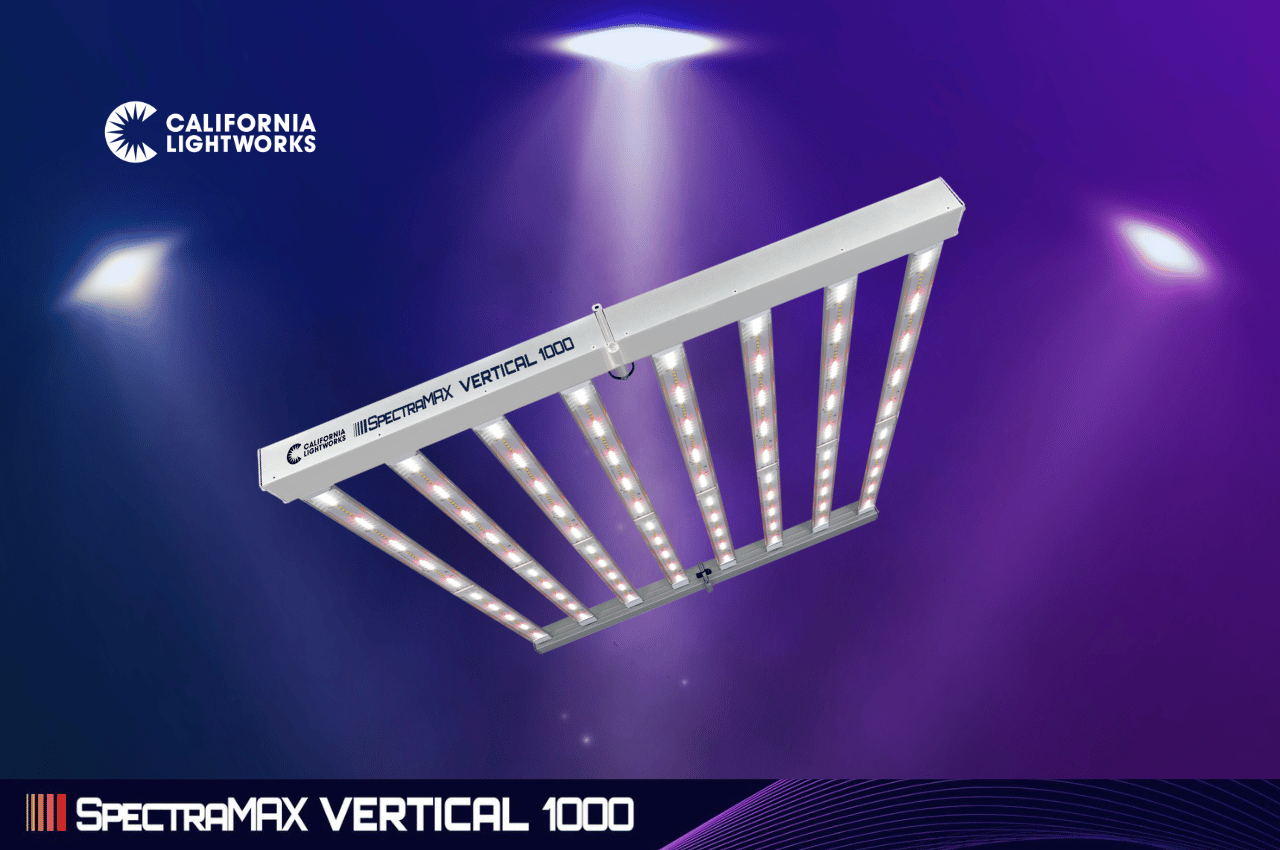Plant training techniques are various methods of intervening at key stages of growth to trim or bend your plants. Plant training techniques often change the chemical balance in plants, which affects their shape, height, strength, and final yield.
Plant training is especially great for growing indoors, where small, cramped conditions may mean you need your plants to grow in a specific fashion to thrive. Plant training techniques include both high-stress training and low-stress training. The former involves fairly dramatically altering your plant, and the latter means merely bending or shaping your plant slightly during the growing process.
Both high and low stress training techniques can be effective when done correctly, although novice gardeners may want to start with low-stress, less invasive plant training techniques. Below, we’ll talk about some of the more common high and low stress training techniques and the effects they’ll have on your plants.
Low Stress Training
Tie and Bend
Tie and Bend training does not require major changes to your plants. It can be done by growers at most levels as the chances of accidentally harming your crops are relatively low.
With general low stress training, you bend taller stems down and away from the middle of the plant. If necessary, you can then secure them in place with twisty ties or twine. You should always start low stress training when your plants are still seedlings. This way, the stems will be flexible and easy to move without damage.
The Purpose: Tie and Bend creates a round, heavy canopy with side branches. The plant will grow sideways while axillary shoots will grow upward toward the light. This all helps create more and larger buds in the same environment, increasing your final yield.
SCROG Training
SCROG training is a plant training technique in which you use a screen or net to create a canopy. During the SCROG method, you start by placing a screen or net over your plants.
Once your plants grow high enough to reach the screen, tuck their branches back down into the screen as they grow through. Basically, you’re weaving the branches around the screen. When flowering time comes, this creates a well-supported garden capable of creating even more buds.
The Purpose: SCROG training allows very small plants to generate a high yield, especially in very small grow spaces. This is due to the fact plants will grow above the screen, allowing for better air flow and no low-hanging plants.
High Stress Training
Topping
Topping is one of the most common forms of high stress training techniques. While it’s a bit more complicated than low-stress techniques, it can help you increase your overall yield.
During topping, you remove the crown shoot of your growing tip by trimming down the growth tip until you reach the light, fleshy part of the plant. This will eventually split in two, creating two new growth shoots.
The Purpose: Instead of creating one tall plant, topping allows you to create multiple plant branches by stimulating lateral growth. This produces a greater number of smaller, low-to-the-ground plants. It’s a good technique for growers with limited space who want to avoid tall, lanky plants. It can help create a high yield even in a cramped environment.
Fimming
Fimming is essentially a much more intense version of topping in which 80% of the crown shoot is removed. When you remove this much crown shoot, the plant stops producing upper growth and focuses its energy on the highest parts beneath where it’s been cut.
For fimming, take a pair of scissors and snip away three-quarters of the tip of the crown.
The Purpose: Originally discovered by accident, fimming allows plants to devote more time and energy to growth shoots below the fimmed shoots. This gives the lower buds a chance to thrive. Once the fimmed shoot grows back, the result is a bigger, bushier overall plant.
Super Cropping
This is a more extreme bending technique. During supercropping, you bend stems that are too tall but have become woody and rigid.
Supercropping is more aggressive than low-stress training. You’ll need to break the inner cells of a branch’s wall by bending it in your hands until you hear a popping or snapping noise. The branch should then become easier to move. Then, just as you would with low-stress training, bend the taller stems away from the center of the plant.
The Purpose: Super Cropping creates a round, knuckle-shaped growth that forms over bent branches. This creates a much sturdier plant overall that responds well to stress.
Defoliation
Defoliation is a form of high-stress training that involves removing the biggest fan leaves from your plants. These leaves can prevent light and air from reaching lower, smaller leaves. You start defoliation just before the flowering stage begins.
Trim your fans leaves and then let your plants enter the flowering stage. Once they’re flowering, trim your fan leaves twice more during the first few weeks of the flowering stage. When your plants enter the flowering stretch (the peak of the flowering period), stop trimming.
Defoliation is a little more complicated than other plant training techniques. If done too early, or too forcefully, it could have a detrimental effect on your plant and stunt growth.
The Purpose: As defoliation removes fan leaves, this allows newer, smaller buds to gain more exposure to air and light. This can dramatically increase the size of your final buds. Defoliation can also help plants grow faster and prevents mold growth on particularly leafy plants.
The Bottom Line
Plant training techniques can allow you to create higher yields and sturdier crops when done correctly. They’re especially helpful if you have limited space and need to get creative to encourage a specific type of growth.
Much like any other aspect of growing, a lot of plant training comes down to experimentation. Fimming, for example, was discovered entirely by accident. While you’re bending or trimming your crops, you might discover new techniques yourself.
If you have any questions about training techniques or any other aspects of growing, California Lightworks is always here to help. We sell lights and other equipment you’ll need to get growing. Reach out here if you have any questions.







